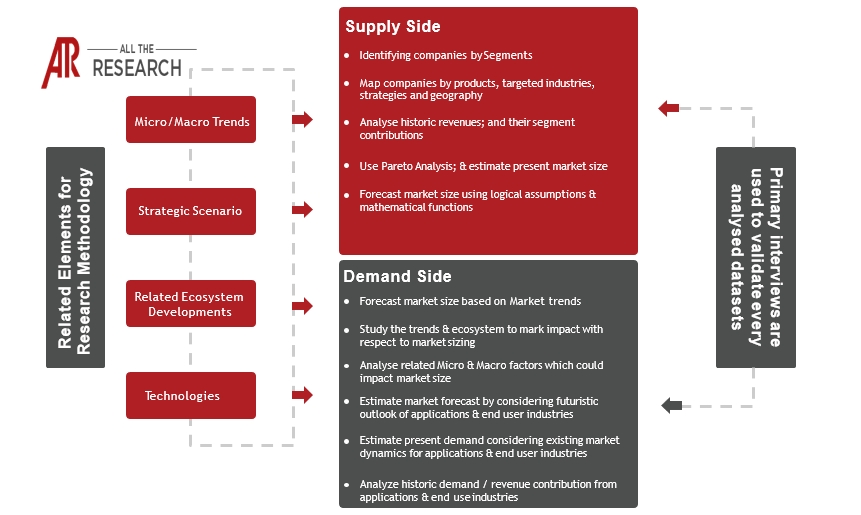The global green cement market is experiencing significant growth, driven by the increasing demand for sustainable building materials and stricter environmental regulations. This market report offers a comprehensive analysis of the green cement landscape, providing valuable insights into its current state, future potential, and competitive dynamics.
Key Definitions:
Green cement, also known as sustainable cement, encompasses various cementitious materials and production processes that minimize environmental impact compared to traditional Portland cement. This can involve using alternative raw materials, reducing energy consumption, and minimizing carbon emissions. Key categories include:
Market Drivers:
The green cement market is propelled by a confluence of compelling drivers:
Market Challenges:
Despite its growth potential, the green cement market faces certain challenges:
Regulatory Focus:
Governments and regulatory bodies are playing a crucial role in driving the green cement market through:
Major Players and Regional Trends:
The green cement market is characterized by a mix of established cement manufacturers and innovative startups. Key players include LafargeHolcim, HeidelbergCement, Sika AG, Cemex, and China National Building Material Group. Regional trends vary significantly:
Trends in M&A, Fund Raising, and Innovations:
CAGR: The green cement market is projected to experience robust growth. The report will provide a detailed analysis of the market's CAGR during the forecast period, considering various influencing factors and regional dynamics.
This report provides a thorough examination of the green cement market, including its drivers, challenges, regulatory landscape, competitive dynamics, and future trends. The report offers valuable insights for investors, manufacturers, construction companies, and policymakers to navigate the evolving landscape of sustainable construction and capitalize on the opportunities presented by the growing green cement market.
The Report Segments the market to include:
By Type
By Application
By End-Use Sector
By Region
By Production Method
By Material Source
By Manufacturing Process
By Grade

Ask for free product review call with the author

Share your specific research requirements for a customized report

Request for due diligence and consumer centric studies

Request for study updates, segment specific and country level reports
Positive Trends:
Adverse Trends:
By Type
By Application
By End-Use Sector
By Region
By Production Method
By Material Source
By Manufacturing Process
By Grade
World Cement Association (WCA) Conference: (Ongoing - various dates and locations globally) Focuses on cement industry developments, including sustainability, alternative fuels, and carbon reduction strategies.
CEMEX Innovation and Sustainability Days: (Annual - usually Q4) CEMEX hosts this event. Topics include green cement technologies, low-carbon concrete solutions, and innovative construction practices.
The Global Cement and Concrete Association (GCCA) Events: (Various - Throughout the year) Offers webinars, workshops, and conferences addressing decarbonization strategies, sustainable cement and concrete production, and circular economy in construction.
IEA Technology Collaboration Programme on Cement and Concrete (IEA-TCP) events: (Various, including webinars and workshops) Focuses on research and development and innovation in the sector, and the associated challenges.
Construction Technology Conferences: (Various dates and locations) Includes sessions on sustainable building materials, green concrete, and innovative construction methods that utilize green cement.
Concrete Sustainability Hub Conferences and Webinars (MIT): (Ongoing - various dates) Focuses on research and innovation, including low-carbon concrete and circular economy in construction.
International Conference on Sustainable Construction Materials and Technologies (SCMT): (Upcoming - varies annually) Presents research and development in green cement, sustainable materials, and construction techniques.
Carbon Capture & Storage (CCS) Conferences: (Various dates and locations) Though not exclusively focused on green cement, these events often feature sessions on CCS technologies applicable to cement plants for carbon emission reduction.
Greenbuild International Conference and Expo: (Annual - usually late Fall) Focuses on green building and sustainable design; sessions relevant to green cement and concrete are commonly included.
The Cement Summit: (Various - several summits each year) Features sessions on topics such as the future of cement, sustainable development, reducing emissions, and market forecasts.
